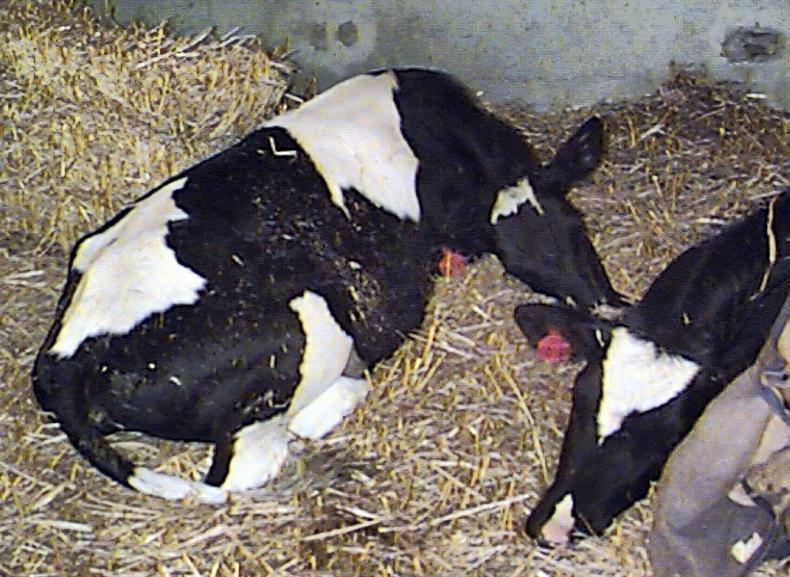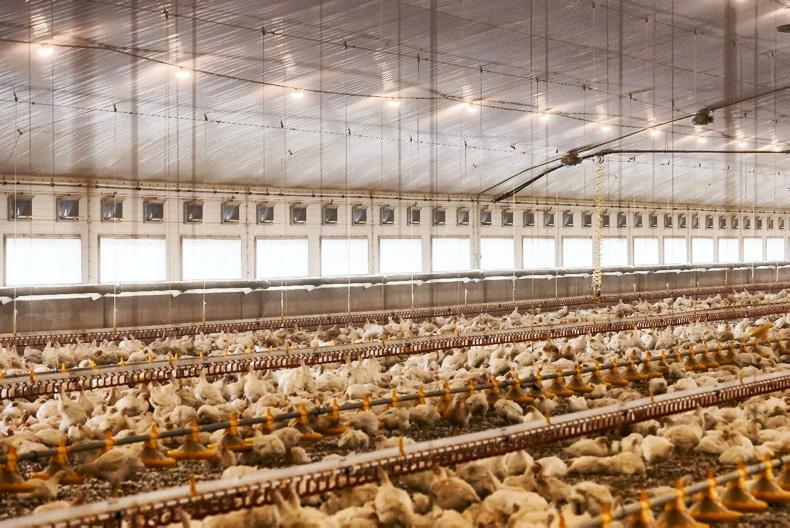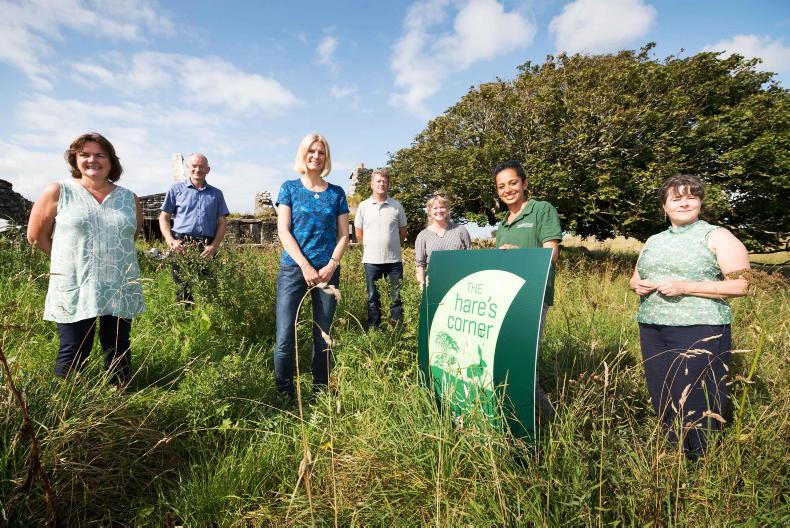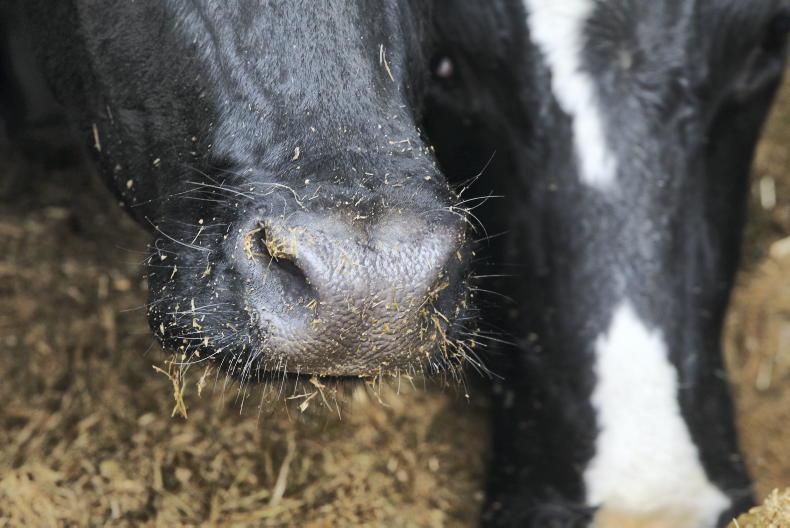Botulism cases spiked in 2018, Department of Agriculture figures show.
It was found to be the cause of deaths in 11 herds across eight counties notified to the Department last year.
One botulism outbreak in Fermanagh saw a dairy farmer lose more than 150 cows in November
However, because botulism is not a notifiable disease, there may have been more cases that were not officially recorded.
While there is no official data on the number of cattle that died as a result of the deadly bacteria, it can be devastating.
One botulism outbreak in Fermanagh saw a dairy farmer lose more than 150 cows in November.
In the Republic, cases were reported in Kilkenny, Waterford, Wexford, Meath, Sligo, Clare, Offaly and Cavan.
Animals are best euthanised, as treatments are rarely effective and some antibiotics can make the animals worse.
The 2018 incidents were often associated with grazing close to fields where poultry manure containing bird carcases had been spread.
Botulism is caused by a toxin produced by the bacterium Clostridium botulinum.
The bacteria grows to high levels in decaying organic matter, including animal and bird carcases.
Even a fragment of a dead carcase transferred to pasture by a fox or a crow could be deadly.
Depending on the pH of silage, bacteria may also be able to multiply in the fermentation process if it is present.
The Department is expected to issue new guidelines on spreading of poultry and broiler litter in 2019.
It is understood one of the areas being considered is whether dust generated during manure spreading or when it is tipped in a yard could carry the bacteria.
Guidelines on spreading poultry litter and disposal of dead birds from poultry houses are available on the Department’s website and local District Veterinary Offices.
Botulism affects the nervous system of young and older cattle meaning the signs can appear slowly over days or even a week. Animals tend to get weak and over time lose the use of back legs. It can be confused with milk fever in the early stages. Weakness continues until animals are recumbent and unable to stand. They stop eating because they can’t swallow and may seem bright, but with excessive drooling start to deteriorate. Their rumen muscles also stop working, leading to stomach stasis.Often in these cases when you pull on their tongues, they won’t have any movement.
Botulism cases spiked in 2018, Department of Agriculture figures show.
It was found to be the cause of deaths in 11 herds across eight counties notified to the Department last year.
One botulism outbreak in Fermanagh saw a dairy farmer lose more than 150 cows in November
However, because botulism is not a notifiable disease, there may have been more cases that were not officially recorded.
While there is no official data on the number of cattle that died as a result of the deadly bacteria, it can be devastating.
One botulism outbreak in Fermanagh saw a dairy farmer lose more than 150 cows in November.
In the Republic, cases were reported in Kilkenny, Waterford, Wexford, Meath, Sligo, Clare, Offaly and Cavan.
Animals are best euthanised, as treatments are rarely effective and some antibiotics can make the animals worse.
The 2018 incidents were often associated with grazing close to fields where poultry manure containing bird carcases had been spread.
Botulism is caused by a toxin produced by the bacterium Clostridium botulinum.
The bacteria grows to high levels in decaying organic matter, including animal and bird carcases.
Even a fragment of a dead carcase transferred to pasture by a fox or a crow could be deadly.
Depending on the pH of silage, bacteria may also be able to multiply in the fermentation process if it is present.
The Department is expected to issue new guidelines on spreading of poultry and broiler litter in 2019.
It is understood one of the areas being considered is whether dust generated during manure spreading or when it is tipped in a yard could carry the bacteria.
Guidelines on spreading poultry litter and disposal of dead birds from poultry houses are available on the Department’s website and local District Veterinary Offices.
Botulism affects the nervous system of young and older cattle meaning the signs can appear slowly over days or even a week. Animals tend to get weak and over time lose the use of back legs. It can be confused with milk fever in the early stages. Weakness continues until animals are recumbent and unable to stand. They stop eating because they can’t swallow and may seem bright, but with excessive drooling start to deteriorate. Their rumen muscles also stop working, leading to stomach stasis.Often in these cases when you pull on their tongues, they won’t have any movement. 









SHARING OPTIONS